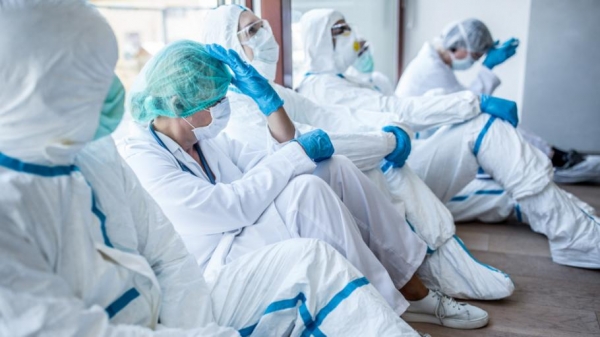Insecurity Insight is a non-profit organisation that examines threats to people living and working in dangerous environments. Its innovative data collection and analysis methods help to find better solutions for those involved in the protection of health workers, educators, Internally Displaced Persons (IDPs) and refugees. Their aim is to empower those who provide vital services and give a voice to those affected by insecurity. This report, updated in November, analyses important data on the health and safety of healthcare workers during the Covid-19 emergency, with particular attention to the conflict situation in Nagorno-Karabakh.
The data used in this report was collected from two categories of sources: verified security incidents submitted to Insecurity Insight by Aid in Danger partner agencies and confirmed incidents published on the publicly available World Health Organization (WHO) Surveillance System for Attacks on Health Care (SSA) dashboard; and open-source information, as published in Attacks on Health Care Monthly News Briefs, Armed Conflict Location and Event Data Project (ACLED) and other sources.
Between January and September 2020, Insecurity Insight tracked 1,025 incidents in 85 countries that adversely affected healthcare provision. During this study, incidents were classified as related to Covid-19 and/or conflict, thus referring to any act of verbal or physical violence, obstruction or threat of violence that interfered with the availability, access and delivery of health services in the context of the Covid-19 pandemic and/or that was perpetrated by actors in the conflict.
It is worth noting that doctors and nurses are more at risk in conflict areas, such as: Afghanistan, Cameroon, Democratic Republic of Congo, Mexico, Nigeria, Libya and Yemen. In addition, following the intense escalation of fighting in the Nagorno-Karabakh region, which began on 27 September, many health workers were killed and hospitals were damaged. The result of the attacks included more than 300,000 displaced persons and damage to civil infrastructures.
The impact of Covid-19 in this conflict area aggravated the situation in both countries. For example, a dramatic acceleration in virus transmission has already been seen in Armenia with more than 3,600 infections per 100,000 people, placing the country among the top ten ranked per capita in terms of Covid-19 cases. In this situation, doctors and nurses continue to treat those injured in the fighting, even if they tested positive for Covid-19, further exacerbating the contagiousness of the virus.
International organisations call on governments and leaders to address threats to the safety of health workers and patients. In this regard, Tedros Adhanom Ghebreyesus, WHO Director General, said that the Covid-19 pandemic recalled the vital role that health workers play in saving lives. In his opinion, no country, hospital or clinic can keep its patients safe unless health workers are also safe.
To know more, please read:
https://www.who.int/news/item/17-09-2020-keep-health-workers-safe-to-keep-patients-safe-who
https://europost.eu/en/a/view/over-90-000-health-workers-infected-with-covid-19-worldwide-28669
Author: Carla Pintor







